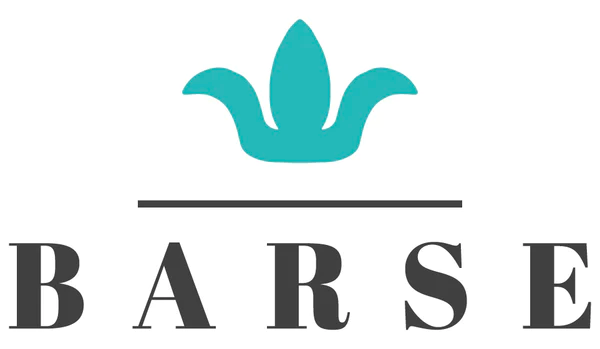At Barse, we are often asked questions about turquoise, since it is one of the main stones used in our designs. We want our customers to be informed about the value of natural turquoise stones from Barse.
We use only stabilized genuine turquoise in our structured designs (those that are cast with a metal bezel). Some of our 'turquoise' beaded designs use magnasite, and those are called out in our descriptions.
Keep reading for a summary of the types of turquoise, or things that look like turquoise, being used in the jewelry market today. Be informed, and shop with confidence!
Natural, straight out of the ground non-treated turquoise
Turquoise is hard enough to be considered a gemstone, but it is comparatively soft. Turquoise of this quality is hard and stable enough to be cut with no form of treatment. It is extremely rare to find turquoise of this quality in today’s market. Only 1-2% of turquoise mined is in this category, and it is very expensive.
Genuine stabilized turquoise
When turquoise is mined, it is generally too soft and brittle to sustain being cut, shaped, and polished for use in jewelry.
Sometimes turquoise is mined in large chunks straight out of the ground, but it needs to undergo a process that allows it to be cut into cabs and beads, so the turquoise has to first be stabilized. This method involves filling the tiny porous parts of the turquoise under pressure and slowly filling it with a clear stabilizing agent like epoxy or acrylic. This process takes weeks to achieve. The result is a harder stable material that can be cut and polished to a beautiful shine.
Sometimes a mine produces chunks of turquoise that are smaller, but no less beautiful than a larger piece of turquoise. These smaller pieces are also stabilized, and are usually done so by forming them together in a ‘brick’ of turquoise that fuses the genuine pieces together, and stabilizes them. This allows larger slabs of turquoise to be cut into beautiful ‘statement’ pieces that Barse is known for.
We use both types of stabilized turquoise (large chunks straight out of the ground and formed ‘brick’ turquoise) in Barse structured designs.
Genuine stabilized turquoise, color enhanced
This is the same as the above, however during the stabilizing process coloring agents that are compatible with the stabilizing materials are added to obtain a color of turquoise that does not naturally exist. Our lime green turquoise and purple turquoise are examples of this.
Reconstituted turquoise
This process is achieved by taking bits of tiny turquoise pieces, those too small to be stabilized or utilized for anything else, and grinding them down to a powder. This powder is then mixed with an adhesive agent and other fillers to form a block or predetermined cabochon and bead shapes. This is not genuine turquoise; the amount of filler is usually much more than any amount of the powdered turquoise and should always be identified as Reconstituted Turquoise. Barse does not use reconstituted turquoise in our designs.
Natural stones dyed to resemble turquoise
Certain natural stones are sometimes dyed to resemble turquoise. Two of those used the most at this time are Howlite and Magnesite. It used to be very easy to identify these. In recent years the dye process has improved and some of this looks real, and at times hard to distinguish from turquoise. At times these are identified and sold as what they are, and that is fine as long as they are marked properly, and the customer and even the distributor know what they are buying. At other times, especially in the last couple of years, some suppliers have tried to pass them, specifically the Magnesite, as turquoise. Many of our beaded designs use howlite or magansite, but our structures pieces are stabilized turquoise.
Turquoise colored resin
This is essentially plastic, colored to look like turquoise. In recent years this has been pumped with brown and black lines to resemble the matrix found in a lot of the natural turquoise. This obviously is a synthetic turquoise imitation and should not even be identified as anything to do with turquoise. Unfortunately a lot of manufacturers deceive their customers and a good amount of this material ends up at the retail level and sold to the consumer as real turquoise! Barse does not use this material in our designs.
Labels for Turquoise Display:
- Genuine Stabilized Kingman ‘Brick’ Turquoise
- Genuine Stabilized Mexican Rough Chunk Turquoise
- Genuine Stabilized Dyed Lime Turquoise
- Genuine Stabilized Dyed Purple Turquoise
- Turquoise Color Dyed Howlite
- Turquoise Color Dyed Stabilized Magnesite
- Reconstituted (Pressed) Turquoise
- Imitation Turquoise (Resin)
